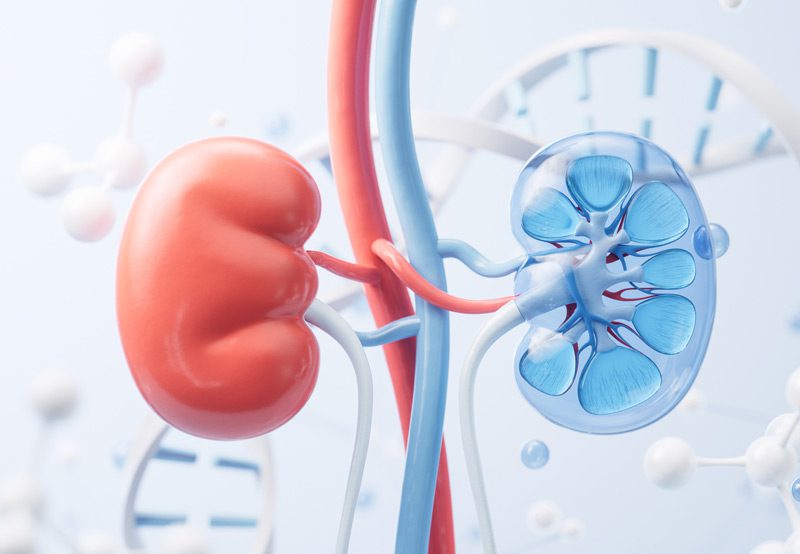

Percutaneous nephrolithotomy (PCNL) is a minimally invasive surgical procedure used to remove large or complex kidney stones that cannot be passed naturally or treated effectively with less invasive methods such as shock wave lithotripsy (ESWL) or ureteroscopy. It is often recommended when stones are too large (typically over 2 cm), irregularly shaped, or located in areas that are difficult to access through the ureter.
When Is PCNL Recommended?
PCNL is generally used for:
- Large Kidney Stones: Often greater than 2 cm in diameter
- Staghorn Calculi: Stones that branch and fill parts of the kidney
- Multiple Stones: When many stones are present and clustered
- Failed Prior Treatments: Such as ESWL or ureteroscopy
- Stones in Anomalous Kidneys: Where anatomy makes other treatments ineffective

Diagnosis and Evaluation
Before the procedure, patients undergo:
- CT Scans or X-rays: To identify the size, shape, and location of the stone(s)
- Blood and Urine Tests: To evaluate kidney function and check for infection
- Assessment for Infection: Infected stones must be treated with antibiotics before PCNL
The Procedure: What to Expect
PCNL is performed under general anesthesia and involves several precise steps:
- Access to the Kidney: A small incision (usually less than 1 cm) is made in the back to reach the kidney directly
- Tract Dilation: A channel is carefully created to insert a nephroscope into the kidney
- Stone Fragmentation: Specialized instruments or lasers are used to break the stone into smaller pieces
- Stone Removal: Fragments are removed through the nephroscope
- Drainage Tube Placement: A nephrostomy tube or internal stent may be placed temporarily to aid healing and urine drainage
The entire procedure typically takes 1 to 3 hours depending on the complexity and number of stones.
Recovery and Follow-Up
- Hospital Stay: Most patients stay 1–2 days
- Postoperative Care: Pain is managed with medications, and fluids are encouraged to flush out remaining fragments
- Return to Normal Activity: Most patients can resume normal activities within 1–2 weeks
- Follow-Up Imaging: Performed to ensure all stones were removed and to monitor kidney function
Benefits of PCNL
- Effective Stone Clearance: Especially for large or hard-to-reach stones
- Minimally Invasive: Smaller incision compared to open surgery
- High Success Rate: Often removes stones in a single session
- Shorter Recovery Time: Compared to traditional open surgery
Risks and Considerations
- Bleeding or need for blood transfusion
- Injury to surrounding structures (rare)
- Urinary tract infection
- Need for secondary procedures if fragments remain
Next Steps
If you have been diagnosed with a large or complex kidney stone, percutaneous nephrolithotomy may offer the best path to effective stone removal with a high success rate and minimal recovery time. Your urologist will help determine if PCNL is the most appropriate option based on imaging, stone size, and your overall health.
